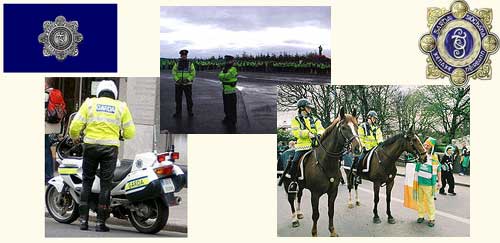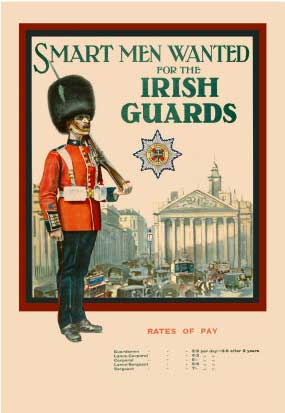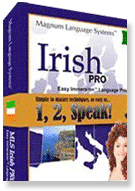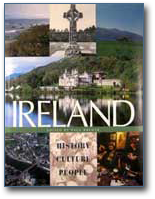Irish Police Force: Garda Síochána na
hÉireann
 |
The Irish Police Force is named Garda Síochána na hÉirean, or in English, Guardians of the Peace of Ireland. The Republic of Ireland's National Police Force is responsible for the maintenance of law and order throughout the country. The Garda is there to protect life and property and the liberties of the citizens. They are peace keepers who strive to prevent and detect crime, and to be an example for the young Irish to become law-abiding citizens.
An organized police force in Ireland began with the Dublin Police Act of 1786. The Irish Constabulary was born in 1822 , which then became the Royal Irish Constabulary in 1867. During one of the bloodiest periods in Irish History, the War of Independence 1919-1922, more than 400 policemen were killed. In 1922, the Royal Irish Constabulary was dis-banded and the Civic Guard was established, which was later re-named the Garda Síochána. In 1925, the Dublin Metropolitan Police merged with the new police force.
Today, there are almost 11,000 members in the police force who are stationed in about 700 police departments throughout Ireland. The population of the country is 4.44 million, with 1.1 million citizens in Dublin alone. The Garda are fortunate to have one of the lowest levels of serious crime rates compared to that of other developed countries.
RANK STRUCTURE
Commissioner
Deputy Commissioner
Assistant Commissioner
Chief Superintendent
Superintendent
Inspector
Sergeant
Garda
Student
The entry level position into the force is the rank of Student Garda. Competitions for entry into the Garda Síochána are held about once every three years. The students undergo a comprehensive two year training regimen, and must attend courses such as Law, Social Science, Communications, Irish Language, and Physical Training. The training takes place at the Garda Síochána College in Templemore, Co. Tipperary; then work experience is obtained through placement in police stations. Although most Irish speak English, Irish or Gaelic is the first official language of the Republic of Ireland. Every member of the Guarda must be suitably qualified in both languages. Successful students are then appointed to the police force and have the opportunity for advancement up through the ranks to the level of Commissioner.
Besides their duties within the country, the Garda Síochána also performs peace keeping duties elsewhere with the United Nations. Since its first overseas mission, with a fifty member representation to Namibia in 1989, the Guarda continued to play a major role in United Nations peace keeping missions to Angola, Cambodia, Cyprus, Mozambique, South Africa and the former Yugoslavia.
The Garda Síochána is a civil police force and uniformed members do not carry firearms. Policing is executed in both rural and urban areas by uniformed officers carrying a baton or "Billy-Club". Firearms are carried only by detectives.
There is a Garda Síochána Museum located in Dublin Castle. The museum contains a wide range of both archival and artifactual material, relating not only to the Garda Síochána, but also to the previous Irish police forces: The Irish Constabulary, The Royal Irish Constabulary, The Dublin Police, and The Dublin Metropolitian Police. For more information about the museum, please visit their web site www.esatclear.ie/~garda/
 |
Disclaimer: LittleShamrocks.com is an affiliate website that receives commissions from sales of the products listed. We have purchased and sampled many, but not all, of the products on these pages.
© Copyright LittleShamrocks.com. All Rights Reserved.








